The Cuban Government Brought New Life to Hollywood Movies With These Vivid Posters
The U.S. embargo didn’t keep Cubans from watching movies they loved
After the 1959 revolution, many Cuban communities were cut off from one another, without radio, television or electricity. But if there was one thing that could bring the island nation together, it was Hollywood movies.
“Cubans have a real love affair with U.S. film,” says Carol Wells, founder and executive director of the Center for the Study of Political Graphics, in Culver City, California.
It’s a love that’s evident in a new exhibition of Cuban posters for American movies, which opens August 20 at the Pasadena Museum of California Art and runs through January 7. Curated by Wells and drawing from the center’s collection, the show highlights 50 years’ of exuberant silkscreens, created by the island nation’s top graphic designers as part of a program sponsored by the Cuban Institute of Art and Film Industry (Instituto Cubano del Arte e Industria Cinematográficos, commonly known as the ICAIC).
The revolutionary government created the ICAIC in March 1959, less than three months after emerging victorious from a hard-fought guerrilla war. Hollywood movies had long been popular in Havana, but the new agency was tasked with bringing cinema to the people, many of whom lived in remote and historically disenfranchised communities where news of the revolution had yet to arrive. The mission would require some creativity.
“They took films by truck, by burro, by carrying projectors on their backs up hillsides,” Wells says. Using portable generators for power, they projected Charlie Chaplin classics on a sheet in a village square, or turned boats into floating theaters to bring the movies to offshore fishing communities. The effort became known as “cines móviles,” or mobile cinemas.
“You’re talking about people who’d never seen a TV, never seen a film, no moving images whatsoever,” Wells says.
The films shown were often propaganda—according to scholarship by Tamara L. Falicov, a film studies professor at the University of Kansas, the ICAIC “hope[d] that rural areas might be integrated into the nation-building project led by Castro's socialist government.” Still, entertainment was as much a motivation as politics—Hollywood films were a symbol of modernity and progress, expressed in a universal visual language.
But while Cubans loved U.S. films, they had some issues with U.S. film posters. So when a new Hollywood picture arrived, ICAIC had its own designers create the promotional material.
“They thought U.S. film posters were boring,” Wells says. “They have the main actor and that’s it. Cuban posters focus on a theme… and there’s an incredible amount of stylistic variety.”
One of ICAIC’s most prolific designers, Antonio Reboiro (b. 1935), created a psychedelic advertisement for John Huston’s 1956 adventure flick Moby Dick, which was shown in Cuba 12 years later. It stands in contrast to designer Giselle Monzón’s menacing, memorable 2009 interpretation of Alfred Hitchcock’s 1948 psychological thriller Rope. Meanwhile, René Azcuy’s understated 1976 poster lends perhaps undue gravitas to the 1962 camp classic Whatever Happened to Baby Jane?
“Sometimes the movies aren’t even very good, but they came up with a great poster,” Wells says with a laugh.
The exhibition illuminates the ongoing conversation between Havana and Hollywood, but it also raises a tantalizing question: How did Cubans circumvent the U.S. embargo to get these films in the first place?
Smugglers and sympathetic industry insiders, Wells says mysteriously. “All I know is whenever I’ve asked people, they wink and say, ‘Anything is possible in the revolution.’”
/https://tf-cmsv2-smithsonianmag-media.s3.amazonaws.com/accounts/headshot/amy.png)
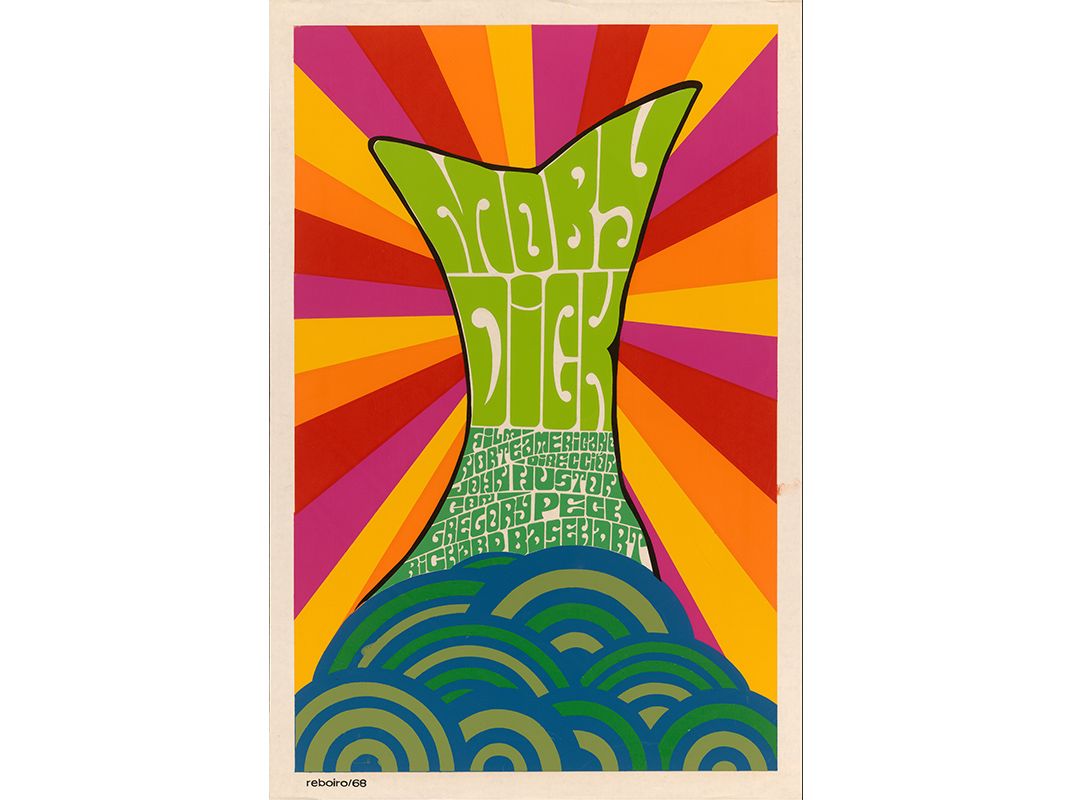
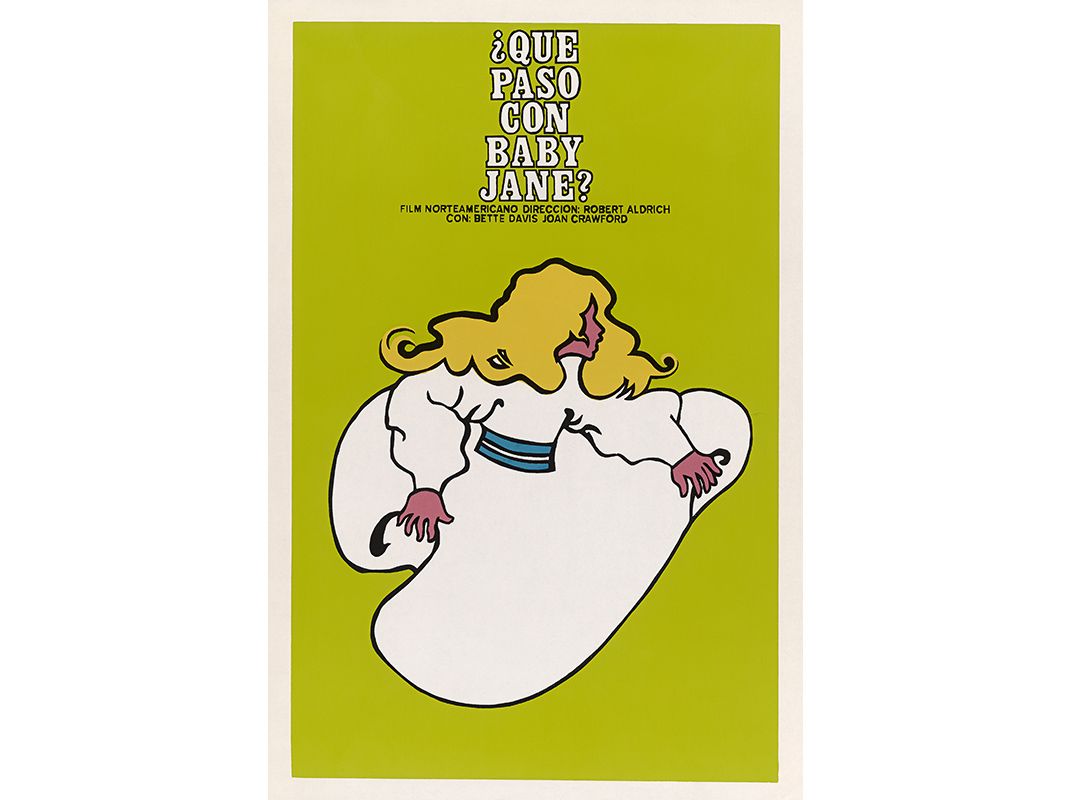
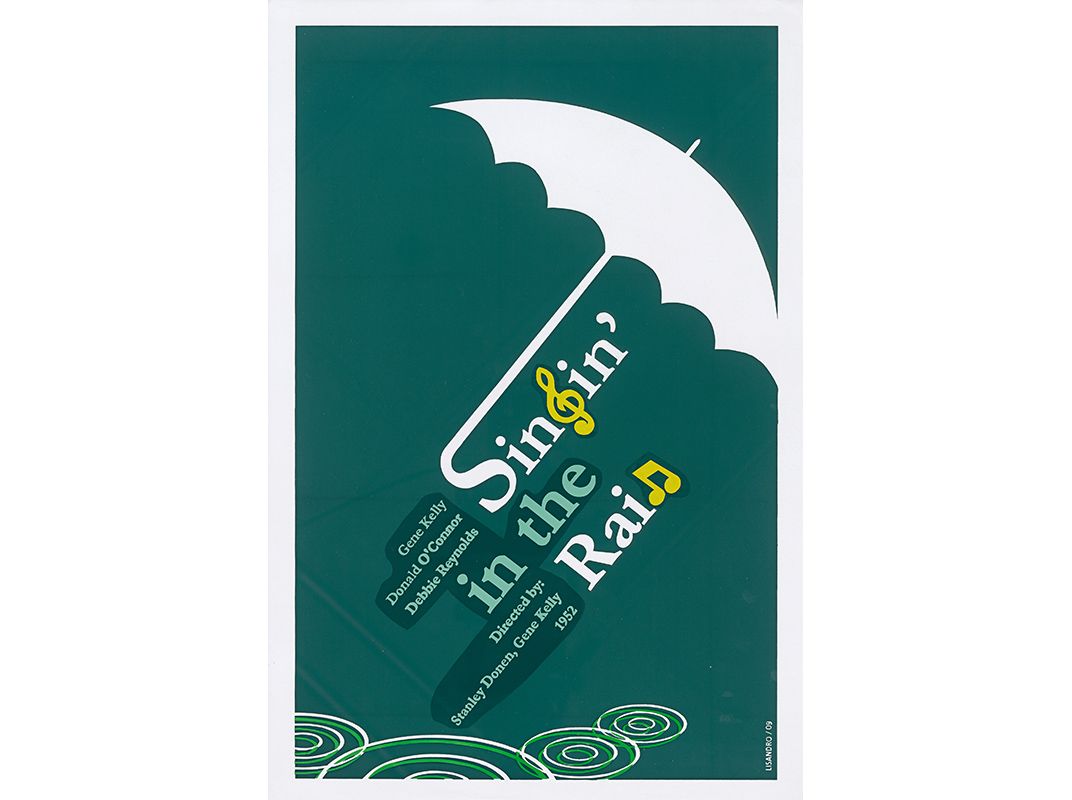
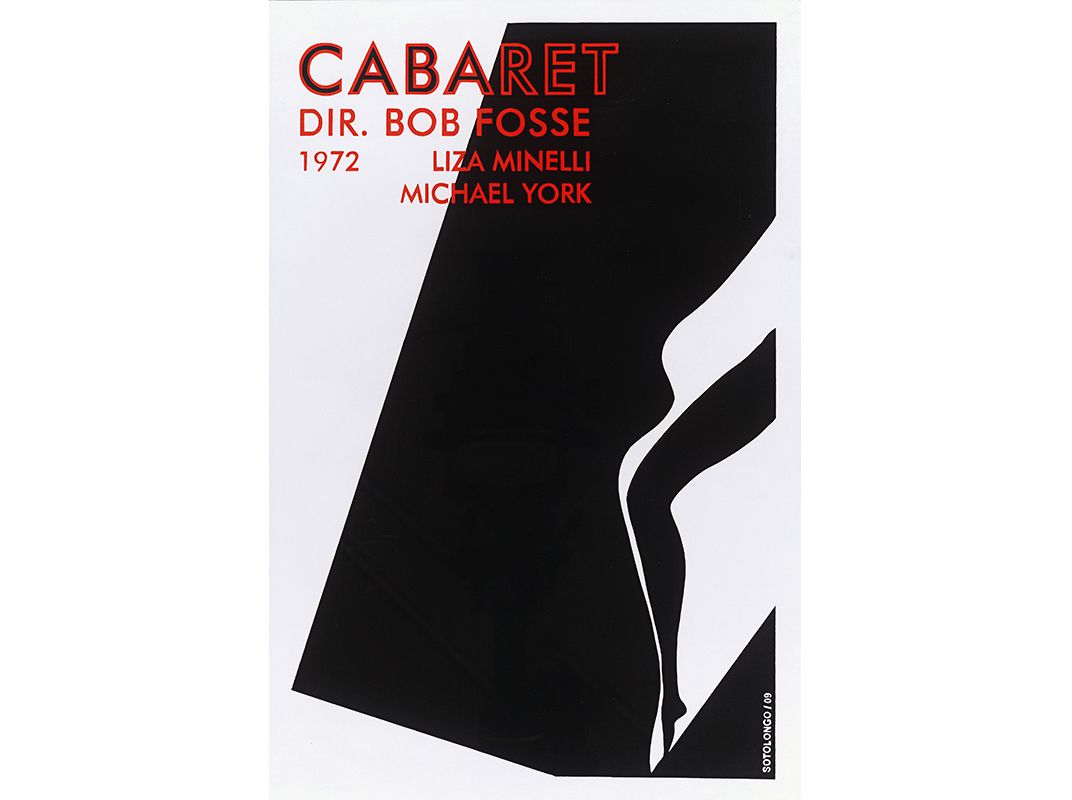
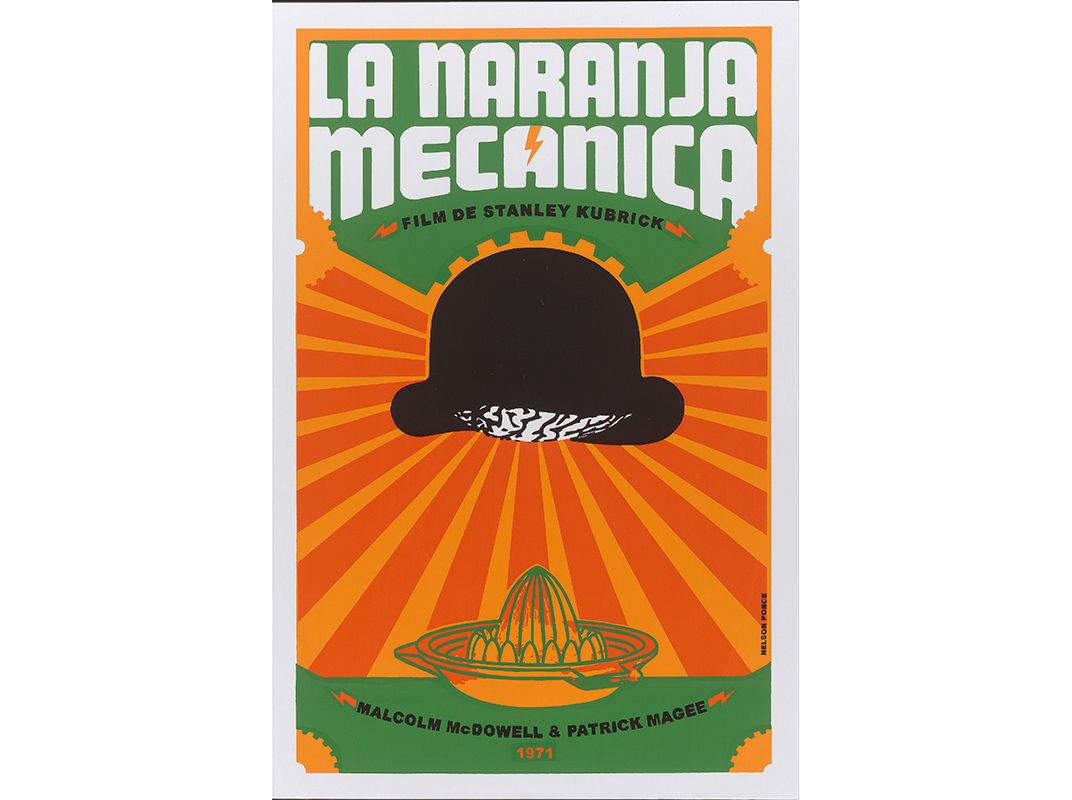
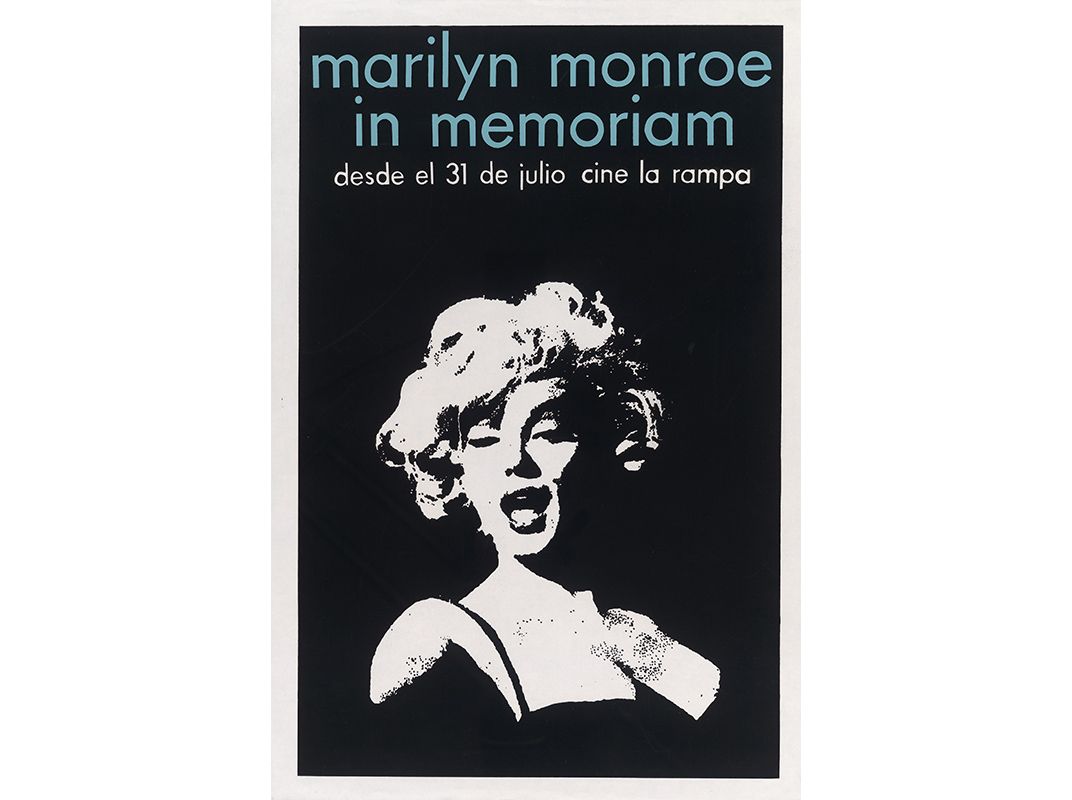
/https://tf-cmsv2-smithsonianmag-media.s3.amazonaws.com/accounts/headshot/amy.png)